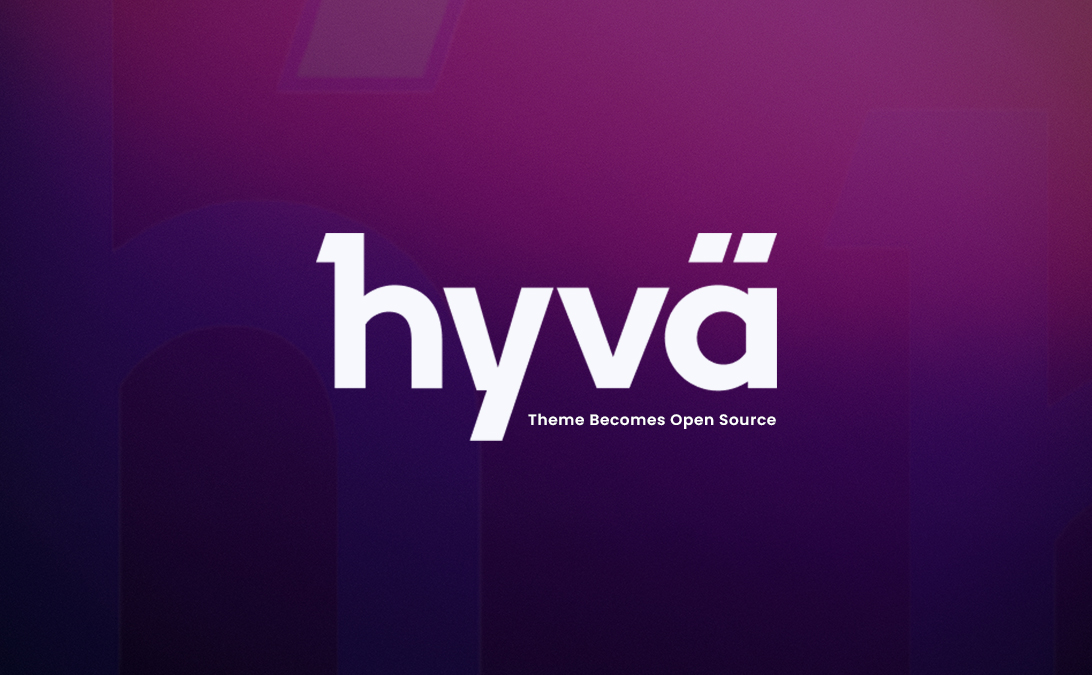
E-commerce jargon buster
12 March 2020
Every day at chilliapple is a chance to cut out the unnecessary waffle from our industry. Our no-nonsense approach means that our clients who are less well versed in ecommerce and all things digital are not confused or hoodwinked.
So, we thought it helpful to share our ‘jargon buster’ to everyone – you can trust us to know our stuff.
0-9
301 redirect
Tells search engines and site visitors that a page has permanently moved to a new web address.
302 redirect
Tells search engines and site visitors that a page has temporarily moved to a new web address.
404 not found
Tells the visitor that a web page no longer exists.
A
A/B testing
Display two versions of a webpage to a split audience to determine which one performs better.
Above the fold
Web page content that can immediately be seen without the visitor needing to scroll when they first arrive.
Address verification service (AVS)
Used by credit card processors to verify that the billing addresses of your customers match the addresses on their credit card statements.
Admin
The secure, password protected back office of your online store where orders, catalogues, content and configurations are managed.
Affiliate marketing
Where you incentivise online partners to send traffic to your website.
Alt text
The text displayed instead of an image when the user cannot view it.
Anchor text
The literal, visible text of a hyperlink to another page or page section.
API
Application Programming Interface. It allows software solutions to communicate with each other.
Aspect ratio
The proportional relationship between the width and height of an image.
Assisted conversions
A Google Analytics report that ranks the importance of marketing channels in generating leads and visits to your website.
Attribute
Anything that describes a product such as colour, weight, size and price.
Attribution model
A tool to help you understand the degree of influence and interplay of marketing channels (such as direct, organic and paid search, referral, email, social and display) on your sales.
Authorisation
When your customer’s credit card issuer permits a payment transaction to proceed.
B
Backend
Parts of your website that the customer cannot see.
Banner
Website adverts displayed on a page in a rectangular or square format at the top or bottom or left or right margins.
Billing address
The address used on a customer’s credit card statement.
Bounce rate
The percentage of visitors who enter a website and then leave rather than view other web pages.
Breadcrumb
A navigation aid to help visitors keep track of their location on your website.
Bricks & mortar
A retail business that has a physical location rather than just online only.
Broken link
A hyperlink that fails to send the user to its intending web page.
Bundling
The grouping of related products or services as a package, often for better value for money, to encourage conversion.
Business to business (B2B)
Online sales transactions between businesses.
Business to consumer (B2C)
Online sales transactions between a business and a consumer.
Buy-to-detail rate
A Google Analytics metric that looks at the number of products purchased compared with the number of times the customer viewed product detail pages.
C
Call to action (CTA)
A persuasive marketing message to encourage a consumer to take action, such as “buy now’, “visit today” or “find out more whilst stocks last”.
Canonical URL
The URL of a page that a search engine thinks is most representative from a set of duplicate pages on your site.
Cart abandonment rate
The rate of potential customers who leave a site despite having items in their cart or bag compared to all shopping carts created.
Cart-to-detail rate
A Google Analytics metric that looks at products added to a customer’s cart versus the views of product detail pages.
Cascading style sheet (CSS)
They are used to format the layout of web pages. They can be used to define, for example, text styles, spacing between paragraphs, table sizes and variations in display for different devices.
CCV
Credit Card Verification code to provide an additional level of payment security.
Chargeback
When a completed credit card transaction is reversed because a customer disputes a charge (due to a faulty good).
Click-to-open rate (CTOR)
This compares the number of unique clicks to unique opens of an email and reflects the effectiveness of its message.
CMS
Content Management System. Software that is used to create, edit and maintain content on a website.
Cohort analysis
An analysis of the online behaviour of a segment of ecommerce customers during a specified time frame.
Conversion
When you transform an online store visitor into a paying customer (or whatever goal you set).
Conversion funnel
The journey your web visitors will follow from entry to exit. It resembles a funnel because at each stage of the buying process there will be fewer potential customers.
Conversion rate
The percentage of online store visitors who become paying customers.
Conversion rate optimization (CRO)
The action of improving a website’s layout, content and design, landing pages and search engine results to optimise sales.
Cookies
Small text files used for targeting online adverts and content and for saving shopping cart information. They are issued when someone visits a website.
Cross-selling
When a seller offers additional products that complement, enhance, or relate to the main product being sold.
Customer lifetime value (CLV or LTV)
The predicted revenue that a customer can generate for your business during their lifetime with you.
D
Discount code
A code that online shoppers enter at checkout for special offers or discounts. This code can also be embedded in specific links from adverts to automatically discount a price before buying.
Domain
The address of website that the customer types in their browser.
Drop-down text (or menu)
A feature that reveals a list of options when clicked on.
Drop shipping
When an online store passes shipping information about each customer order to its wholesale suppliers for the products to be delivered efficiently.
Dynamic content
A web page that displays content to reflect the user’s request
E
Email marketing
Promotion of your products and services to a targeted audience through email.
Event-triggered email
Email sent to subscribers based on specific events such as birthday or life stage.
Evergreen content
Content with a long shelf life.
F
FAQ
Frequently asked questions
Feed reader
Software used to read syndicated content from RSS feeds
Frontend
The parts of your website that your customer can see.
Fulfilment
The receipt, processing, packaging, and shipping of online orders.
G
Gateway (or payment gateway)
An ecommerce service provider that communicates with your merchant account provider to authorize and process credit card payments.
H
Hamburger menu
The three line icon found at the top of a modern website to hide a menu of options.
Home page
The first web page your visitors see when accessing your domain. It is considered the most important page by search engine indexing.
HTML
HyperText Markup Language. It defines the meaning and structure of web content including text, images and video.
I
Inventory
A retailer’s products on the shelf waiting to be sold.
J
JavaScript
A scripting language used with HTML to produce dynamic effects and interactions on web pages.
K
Keyword
A term or phrase used to search for content that is the most relevant.
Keyword stuffing
A unrecommended technique that overloads a webpage with keywords, often to the detriment of user experience, to attempt to manipulate a site’s search engine ranking.
L
Landing page
A single webpage on a site, arrived after clicking a link, that has content relevant to the visitor’s search query to boost conversion.
Layout
The visual and structural composition of a page.
Link juice
The value and authority transferred from one web page to another via links. It affects the web page rank in search engine results.
M
Merchant account provider
An online account service provider that allows ecommerce businesses to accept debit and credit payments, and temporarily holds the money, until it is transferred to the business’ bank account.
Meta tag
Information in a web page, not seen by the visitor, but used by search engines to determine the page title, description and keywords.
Mobile commerce (m-commerce)
The use of wireless electronic mobile devices such as smartphones and tablets to buy and sell products and services online.
O
Open rate
The number of recipients who open an email.
Outsource
The use of third-party suppliers to fulfil parts of a business’ operation in order to reduce overhead costs or fill a resource gap.
P
Path length
The online path (however convoluted) taken by visitors to become customers.
Payment Card Industry (PCI) compliance
A set of requirements to ensure you protect your customers’ credit card information when stored, processed or transmitted.
Payment service provider
An ecommerce service that allows online stores to accept and process multiple payment methods such as credit and debit cards, direct debits, bank transfers and real-time online banking.
Pay-per-click (PPC) marketing
Where a business pays only when someone clicks an ad and is directed to its website.
Point-of-sale (POS) system
Software that lets an online store accept transactions, manage inventory, add products, process payments, and send receipts digitally.
R
Recurring payment
A transaction where a customer authorises an online store to automatically charge a credit card for the regular delivery of products or services.
Robots.txt
A file placed on a website to tell a search engine which pages not to index.
RSS feed
Really Simple Syndication. A technology that syndicates web content and allows users to subscribe to product feeds, blogs and websites.
S
Search engine optimization (SEO)
The improvement of a website’s content to make it easier for search engines to index the site and to drive up its natural search ranking.
SERP
Search Engine Results Page
Shipping
The transfer of a product from a seller’s warehouse to a customer’s delivery address.
Shopping cart (or bag)
A virtual representation of a shopping cart or bag that lists the items a customer has chosen to buy.
Sidebar
The right or left column that appears to one side of the main content.
Sitemap
A page that provides search engines with an efficient route through your website.
Splash page
A promotional page normally displayed before the home page is viewed.
SSL certificate
A mechanism to validate the merchant and encrypt sensitive information such as credit cards.
Static content
Content that does not change frequently.
Stock keeping unit (SKU)
A unique alphanumeric identification code for each product or service in your business’s inventory.
T
Theme
A package that contains graphics and appearance information to customise the look and feel of your website.
Time lag
A measure of how long, in days, it takes your website visitors to become customers.
Third-party payment processor
An external service that helps merchants accept and process online payments even without a merchant account (such as PayPal).
Transaction
A record of the actions taken for each order.
Transactional email
An automated email sent in response to a specific transaction such as an order.
Turnkey
A software product sold as complete and ready to operate.
U
UI
User interface. The look and feel, presentation and interactivity of a website.
Upselling
A technique to encourage customers to upgrade a purchase or to buy a more expensive version of a product to maximize the value of the order.
URL
Uniform Resource Locator. The unique address of a web page.
Usability or user experience
The degree to which a website is easy to navigate.
UX
User experience on a website or any interaction the user makes.
V
Void
A transaction that cancels a purchase that has not been completed.
W
Web analytics
The collection, measurement and analysis of website data to understand the online behaviour of visitors in order to optimize the site experience and improve conversion.
Widget
A snippet of code that adds functionality or dynamic effect to your website.
WYSIWYG
What You See Is What You Get. A program that allows a developer to see what the end result will look like during creation.




